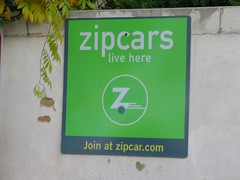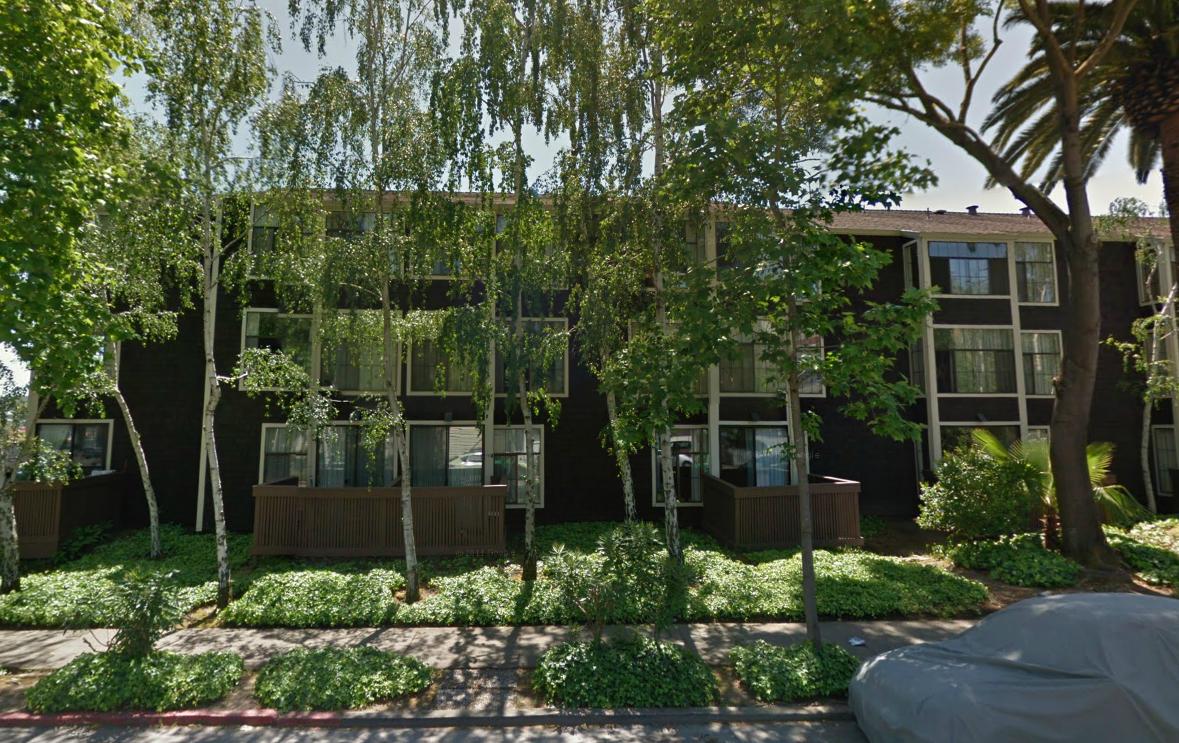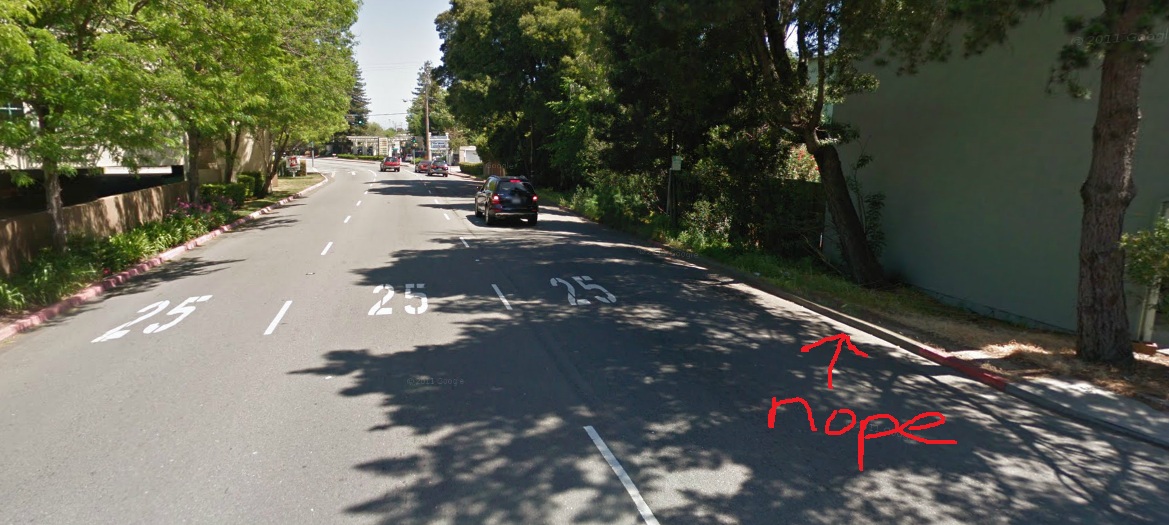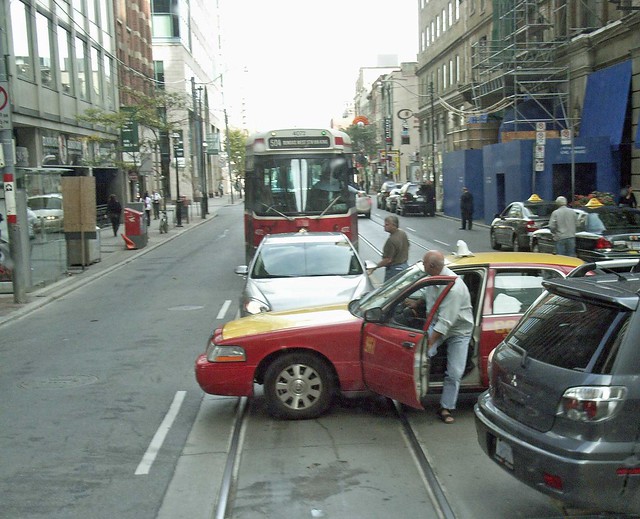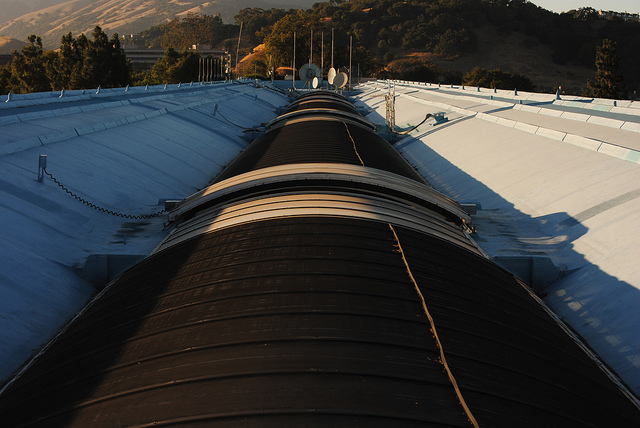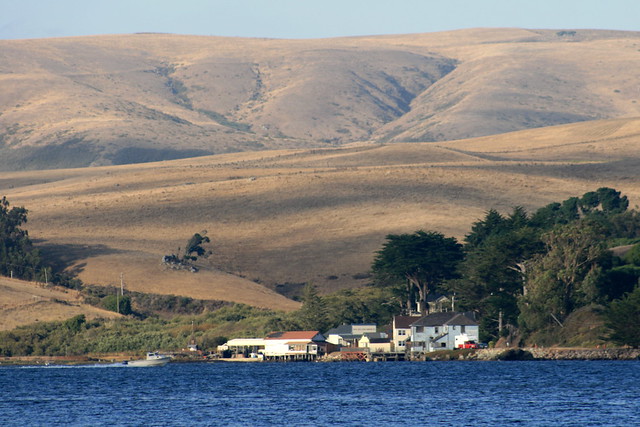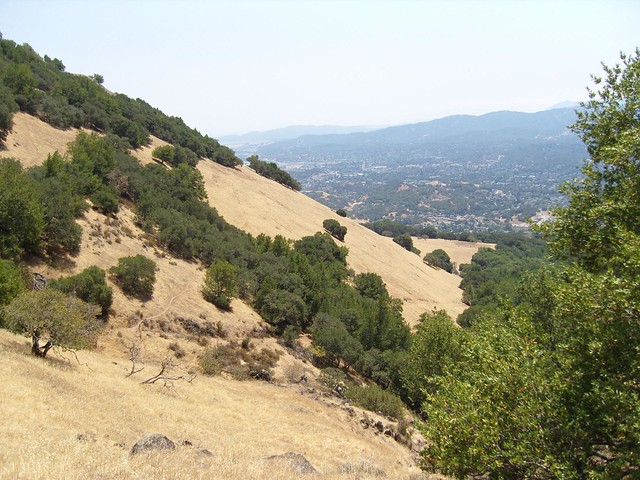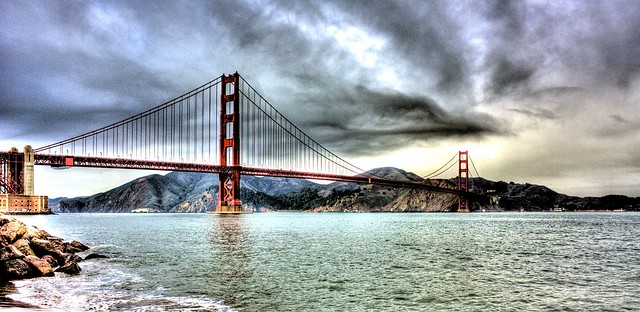A candidate for San Rafael City Council has a bold plan to cut transportation CO2 emissions: subsidize electric cars. While at surface it sounds reasonable enough, the plan would be expensive for little gain. Take a look at candidate Randy Warren’s platform and you’ll find, under the climate change header, a description for Operation New Leaf.
For all the theories about what we can do to reduce greenhouse gasses from cars and light trucks, the reality is that the plans are speculation and hope. Let’s aim instead for guaranteed results. I propose Operation New Leaf, a plan to provide incentives for our out-of-county workforce to purchase zero emission cars for their commute to San Rafael. This plan targets workers who have held a San Rafael job for at least one year and live at least 20 miles away. The city would negotiate special rates with San Rafael car dealers, from whom the cars would have to be purchased or leased. Participating workers would have to make a good faith pledge to do their workday shopping in San Rafael, so we improve our local economy and recover some operating costs via related sales tax. We would target up to a 50% subsidy to the workers, with proper safeguards. We then need to line up sponsors, whether from MTC or the private sector (including the car manufacturers themselves as a pilot program). This is a complex proposal that requires a city study group, and I will encourage such study take place. But until our legislature has the guts to set a date for banning the registration of new gas-powered cars, Operation New Leaf would produce instant and certain results in reducing greenhouse gasses.
The Census doesn’t estimate the source of in-commuting jobs by city, but we can estimate. There are roughly 43,000 jobs in the city. Of Marin jobs, a quarter are held by workers in counties at least 20 miles away from San Rafael (i.e., all but San Francisco and Contra Costa). Proportionally, that means about 7,760 San Rafael workers live about 20 miles away or more. With that in mind, I estimate the cost of Operation New Leaf at around $97 million, not including the cost to move an additional 1,000 cars to the city’s job centers and store them once they get there.
Would MTC help? Likely not, given their pursuit of multi-modal solutions to transportation problems. Would Nissan help so they could promote their electric Leaf? Probably not enough to make the project affordable. Would a change in drivers’ shopping habits offset the cost? Again, probably not enough to make it affordable to the city. Leasing the vehicles instead of buying them outright might put the cost into a more-affordable area around $10 million per year, but that’s still far more than San Rafael could carry.
Equally as unaffordable are the consequences.
The cost to congestion would be enormous, given that this would be like closing a traffic lane on Highway 101. And the cost to our built environment would be high, too. San Rafael would suddenly need to find parking for at least another 1,000 cars per day [see update below], not to mention charging stations for not just these 1,000 vehicles but the 10,000 others bought by people who already drive to the city.
This might be net-negative in greenhouse gas emissions, provided increased congestion doesn’t make the situation worse, but it wouldn’t be a panacea. Electric cars in California emit the equivalent CO2 of a 70mpg gasoline car. BART, in contrast, emits the equivalent of around 940mpg. It would also put those currently taking transit to work into harm’s way (driving kills 35,000 people per year), and fight downtown San Rafael’s efforts to expand its walkable downtown east of Highway 101.
To reduce transportation greenhouse gas emissions, San Rafael ought to try to segment the travel market for trips under 2 miles, where most car trips are made. Some of those really are best done by car, but others are best done on foot or bike. How we build our roads and grow San Rafael should allow each mode to function best in balance with the others.
For walking, that means maintaining sidewalks and slowing down the perceived speed of cars, which can drive away foot traffic. For biking, it means building quality bike infrastructure that is safe for anyone age 8 to 80. For driving, it means encouraging people who don’t need to drive to leave the car at home and out of the way of other drivers. Even if a few percent of trips shift from car to another mode, that's often enough to unlock traffic flow.
Or, if San Rafael really wants to spend millions of its own dollars on transportation, it could build a comprehensive Class I bicycle lane network for the whole city and Ross Valley with money to spare. It could provide free transit passes to in-commuters, cleaning up traffic while also cleaning the air. It could buy 48 hydrogen fuel-cell buses for Golden Gate Transit, or (for less money) retrofit Marin’s entire bus fleet to run on compressed natural gas.
Operation New Leaf doesn’t solve any problems faced by San Rafael; quite the opposite, it spends millions to exacerbate its existing problems. And, far from providing "guaranteed results," it could add to congestion-related CO2 emissions, possibly even enough to offset the gains.
Electric cars are touted as the solution to our transportation emissions, but it ignores the other costs of pushing car-only infrastructure: parking, traffic, public safety, and car maintenance. The way to reduce Marin's greenhouse gas emissions is to diversify away from an automobile monoculture, not to deepen it. And, in the meantime, we'd solve our transportation problems, too.
UPDATE AND CLARIFICATION: Some questions have arisen as to why more cars would be on the road under this scheme. Roughly 11 percent of Marin's in-commuters take transit to work, and it's reasonable to suspect slightly more take transit to San Rafael given the presence of the transit center. By subsidizing car ownership, it's reasonable to assume a good chunk of them would choose to drive instead and add more vehicles to the city and Highway 101.


